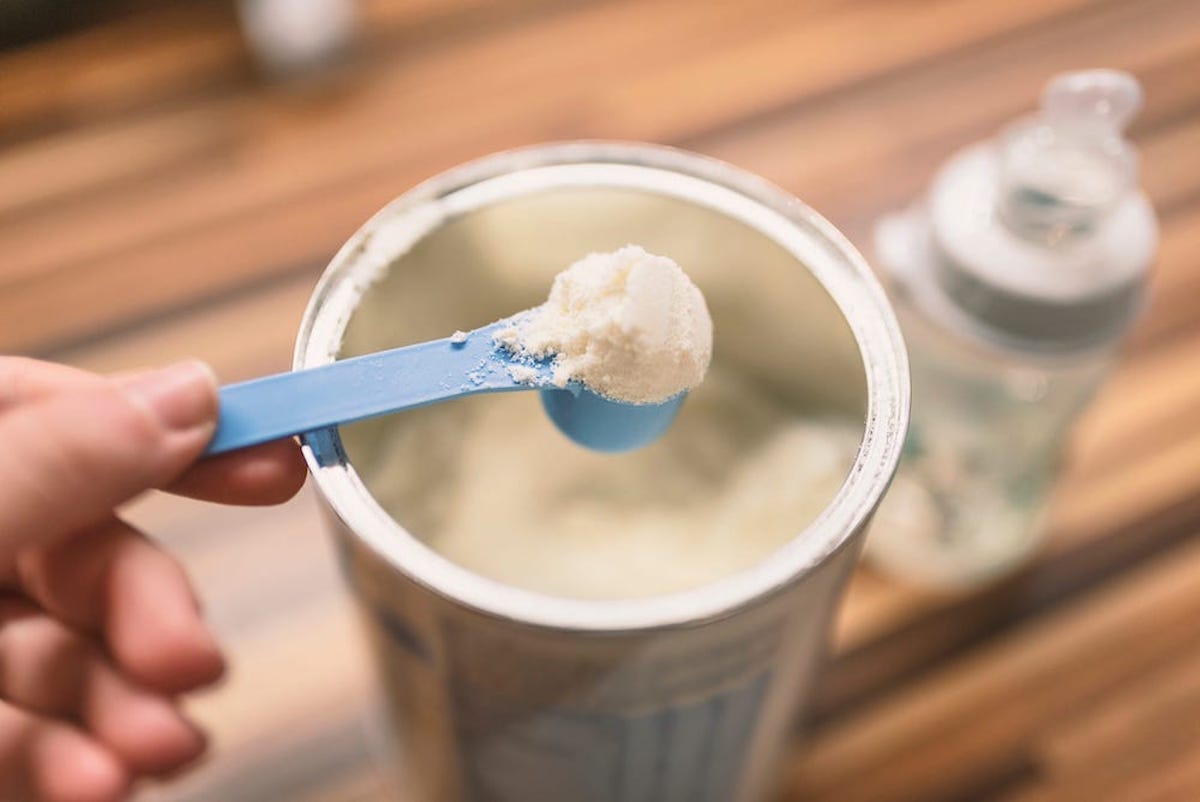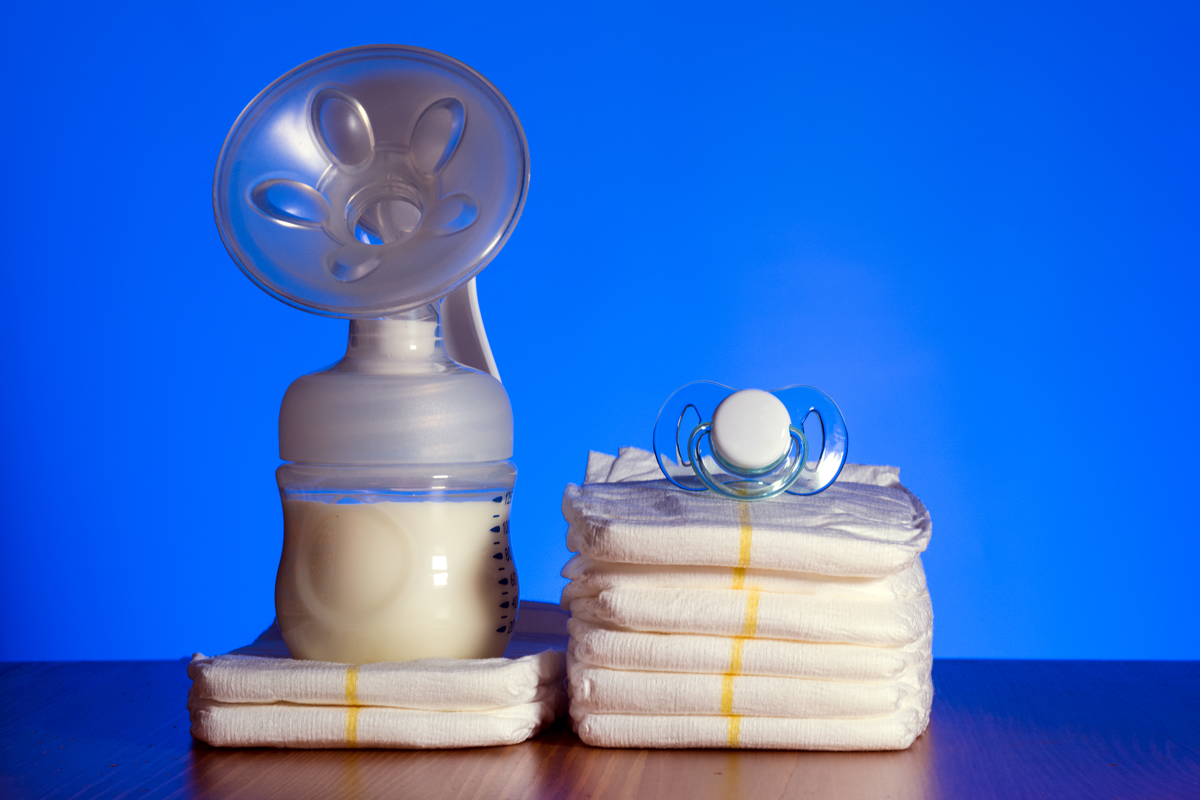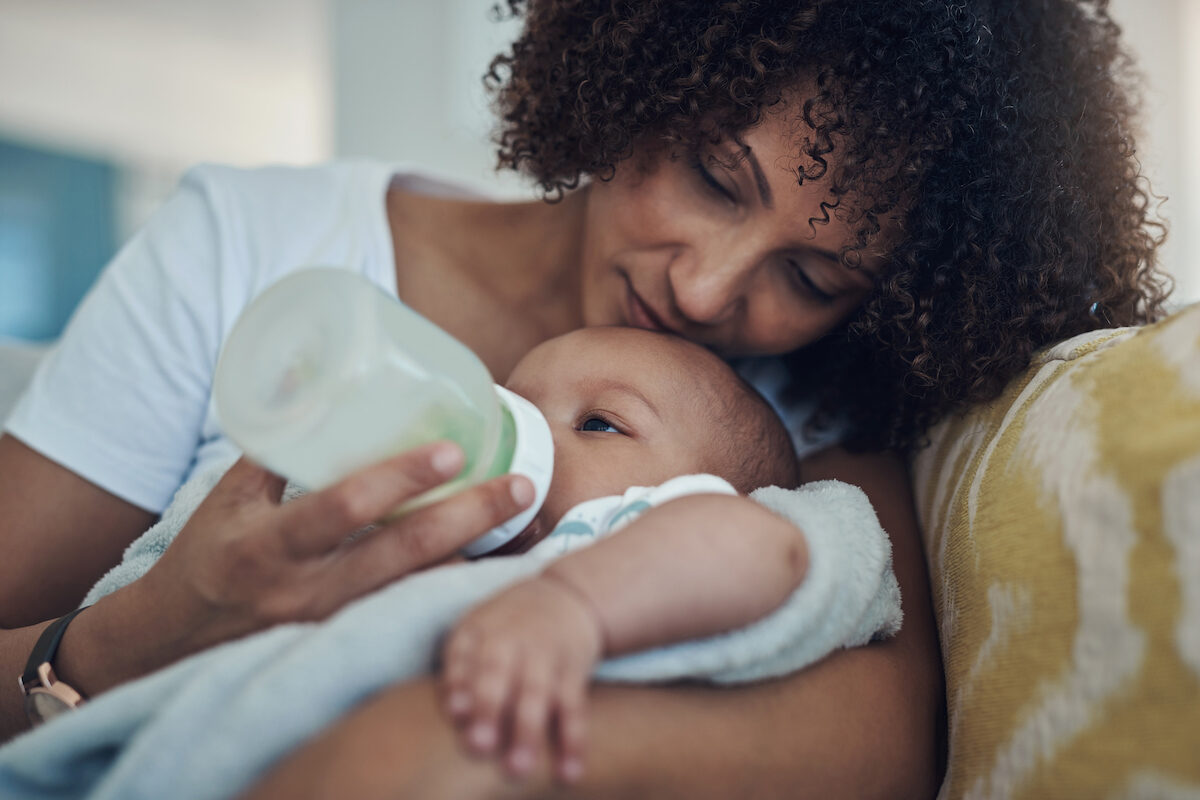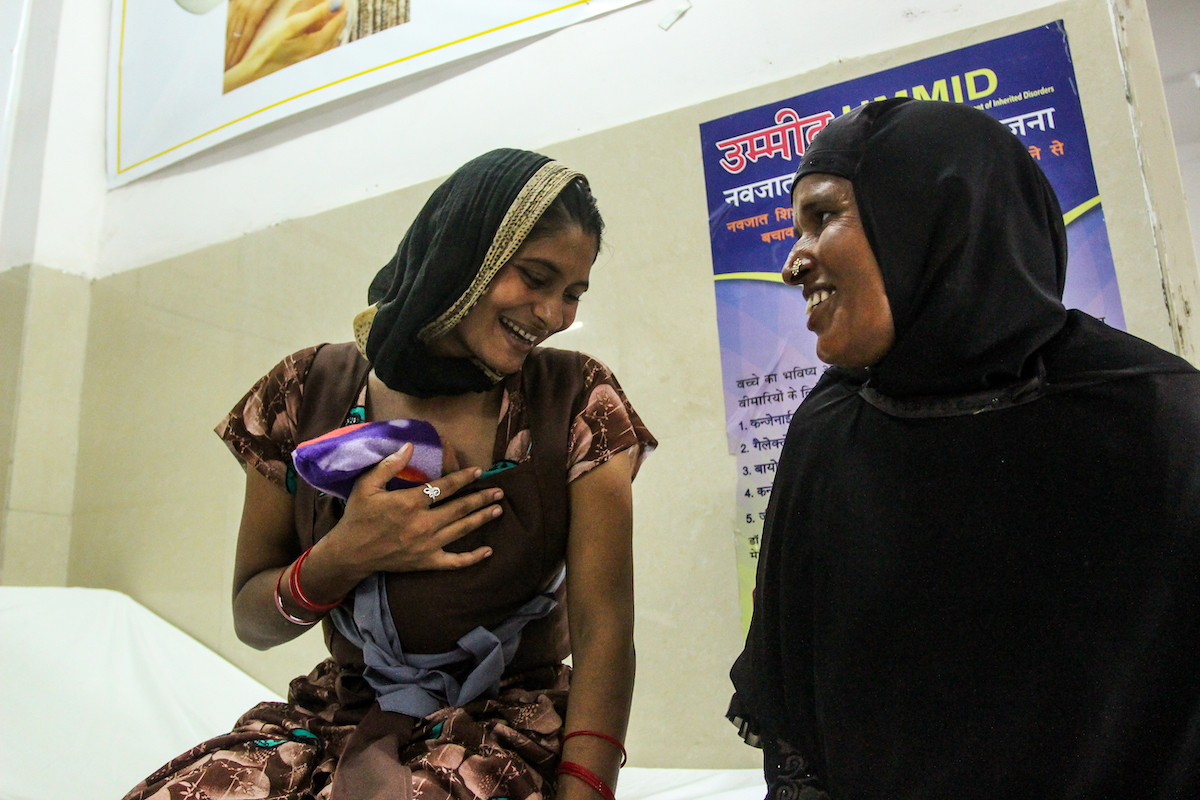In 1991 the World Health Organization and Unicef launched a program — the Baby-Friendly Hospital Initiative (BFHI) — that was designed to increase breastfeeding rates worldwide. The BFHI has a chapter in the United States dedicated to this goal domestically. Within the U.S., Baby-Friendly USA evaluates hospitals to decide if they warrant the “baby-friendly” designation.
The goal of this initiative is to promote higher breastfeeding rates. The baby-friendly designation comes as a result of achieving a checklist of 10 items that are thought to increase breastfeeding. (Whether they do or not is the subject of most of the content below.)
I have never been a fan of the phrase “baby-friendly” in this context. The implication is that any hospital that doesn’t have this classification is unfriendly to babies. If we focus on the primary goal of breastfeeding, the natural conclusion is that a necessary condition for being friendly to babies is nursing. For moms, it can feel like saying, “If you’re not breastfeeding, you’re not your baby’s friend.”
This isn’t the point of this post, but my broad view is that we put far too much emphasis on breastfeeding as some kind of metric of maternal success. I have written about this very extensively before (you can read the full chapter from Cribsheet on this topic), but my analysis of the literature is that many of the stated benefits of breastfeeding are not supported by the best data. There are some benefits! But they are smaller and shorter-term than much of what we hear.
This doesn’t mean that we shouldn’t have programs that support and amplify breastfeeding. It just means that we want to be realistic about what might be achieved by alterations in this behavior and that we probably should shy away from implying that not breastfeeding is unfriendly.
I’m leaving my soapbox now!
The primary goal of this article is to look at the evidence on whether baby-friendly hospitals increase breastfeeding rates. Before you ask: no, there isn’t any good data on other broader outcomes. The goal is breastfeeding rates, and that’s what the literature evaluates.
Baby-friendly hospitals have to adhere to a checklist of 10 practices. One way to evaluate their success is to ask simply whether this package leads to higher breastfeeding rates. There are papers that do this, and I’ll talk about them first. A second way to evaluate it, though, is to look at what we know about the separate impact of each of these behaviors. This is valuable because it helps us think about whether the same impacts might be delivered with a more focused set of interventions.
What is a baby-friendly hospital?
To set the stage: In the service of increasing breastfeeding rates, there are 10 key things that baby-friendly hospitals must do. The first two of them are about recordkeeping and training. The last eight are specific to the way moms and babies are managed in the hospital. These eight are listed below.
- Discuss the importance and management of breastfeeding with pregnant women and their families.
- Facilitate immediate and uninterrupted skin-to-skin contact and support mothers to initiate breastfeeding as soon as possible after birth.
- Support mothers to initiate and maintain breastfeeding and manage common difficulties.
- Do not provide breastfed newborns any food or fluids other than breast milk, unless medically indicated.
- Enable mothers and their infants to remain together and to practice rooming-in 24 hours a day.
- Support mothers to recognize and respond to their infants’ cues for feeding.
- Counsel mothers on the use and risks of feeding bottles, artificial nipples (teats), and pacifiers.
- Coordinate discharge so that parents and their infants have timely access to ongoing support and care.
Do the hospitals have better outcomes?
To be designated as baby-friendly, a hospital must pass muster in all of the 10 key steps. Papers — of which there are a number — that evaluate the success of baby-friendly hospitals explore what happens when hospitals do all of these things together. These papers do not look separately at each behavior.
In evaluating the impact overall, there are multiple approaches.
The simplest analysis involves comparing breastfeeding rates at hospitals that have this designation with those that do not. This is not a good method, because there are important differences across those hospitals. (For example, this paper compares breastfeeding rates at baby-friendly hospitals with the national average in the U.S. The breastfeeding rates at the hospitals with the baby-friendly designation are higher, but that could be because of the difference in who seeks this designation, differences in the populations served, etc., etc. It’s nearly impossible to attribute this to the baby-friendly designation or to any of the behaviors associated with it.)
Better evidence comes from variation over time. For example, at Boston Children’s Hospital, the breastfeeding initiation rate increased from 58% to 86% after the hospital’s designation changed.
This is a huge impact, but other studies don’t show anything like this magnitude. A large study of WIC births in Maryland indicated no relationship between access to a baby-friendly hospital and breastfeeding behavior. A cross-state analysis using the same kind of variation also found no impact overall but a small increase among less-educated mothers.
Overall: there is a big range in the results, but the studies with the largest amount of data seem to point to small, maybe not zero, impacts. These impacts are largely on breastfeeding initiation, which is something achievable in the hospital and which doesn’t always translate to continuation.
Are the guidelines based on good evidence?
Let’s turn now to the individual guidelines. One of the most frustrating aspects of this issue for me is that the baby-friendly guidelines combine some behaviors that are evidence-based and some that are not.
The broad set of guidelines is informed by studies like this one that look at what behaviors are linked to breastfeeding success at an individual level. Things like not giving pacifiers, avoiding formula, and breastfeeding support are all correlated with breastfeeding success. But that does not imply they are causally related.
In practice, the causal evidence for the particular behaviors varies.
Several of the guidelines are common sense and, appropriately practiced, seem very likely to have some impact. Those include providing support in managing difficulties, recognizing infant cues, and coordinating post-discharge support.
There are four more specific recommendations: early skin-to-skin contact, avoiding pacifiers, avoiding formula supplementation, and encouraging rooming-in. We have a reasonable amount of data on the efficacy of these interventions at promoting breastfeeding, and the results are mixed.
On the positive side: Early skin-to-skin contact has been shown to increase early breastfeeding success. There are a large number of other benefits of this practice — lower levels of bleeding, faster delivery of placenta, impacts on maternal stress — so it’s a great idea even putting aside nursing.
The three other specific recommendations, though, show much less support in the data.
Rooming-in (versus nursery care) hasn’t been shown in either prospective data or randomized data to support longer durations of breastfeeding.
The recommendation against supplementation is also unclear. Of course it is true that people who use formula in the hospital are less likely to breastfeed for extended periods. But that’s not a causal effect. And some studies (e.g. this one from 2013) have shown that limited in-hospital supplementation actually increases long-term breastfeeding success.
In the case of pacifiers (recommendation #7 above), the data actively does not support this recommendation. Randomized data does not support the view that introducing a pacifier decreases breastfeeding success. And there are other benefits of pacifiers (soothing, possible SIDS reduction). A policy of discouraging the use of pacifiers loses these benefits without compensation.
Putting all this together, I find it unsurprising that we do not see obvious large impacts of this change in hospital policy, since most of the actions dictated are not actually well supported by data. Looking in a more negative light, these recommendations tie the hands of providers in ways that are not evidence-based.
Telling people that pacifiers interfere with breastfeeding is misinformation, built into the policies. The goals are admirable here, but I see a need for more evidence-based decision-making.
Closing thoughts
Baby-friendly hospitals have a relatively narrow mandate — to increase breastfeeding rates — and for my taste they’d have a narrower name that better captured this mandate, something like “breastfeeding-encouragement hospitals.” Even for this outcome, the evidence suggests the impacts on breastfeeding rates may be relatively small.
More concerning to me is that a number of the guidelines that make up the Baby-Friendly list have not been shown to actually have any impact on breastfeeding rates. This wouldn’t be such a big deal if they didn’t have negative impacts. But in some cases, they do. Many women and their babies benefit from supplementing with formula. Many women would like to have their infant spend some time in the nursery on the first night, so they can rest from labor. People like pacifiers — pacifiers soothe the baby and also prevent SIDS.
By writing strict rules for behavior, you tie the hands of providers and may make it more difficult for them to serve the needs and preferences of their patients. There are situations in which we may want to do that — like with skin-to-skin, where the evidence strongly supports the value. But anytime we remove choice, we want to hold our evidence to a high standard. This does not meet that.
The bottom line
- “Baby-friendly” hospitals are designed to increase breastfeeding rates.
- In the aggregate, they may have some small impact on breastfeeding, which is probably larger for groups with lower breastfeeding rates initially.
- Some of the guidelines — notably, the prohibition on pacifiers — are not well supported by the data.

















Log in